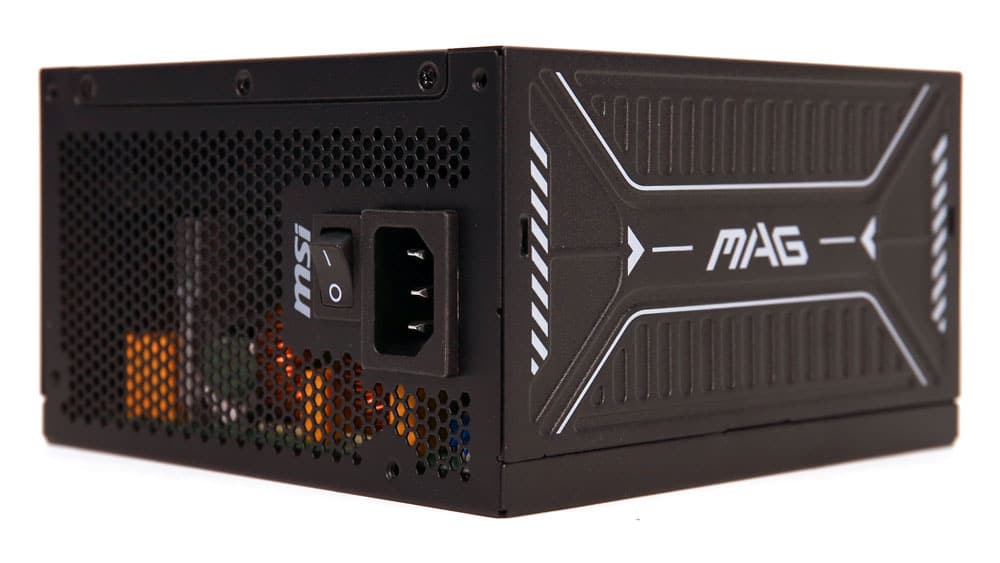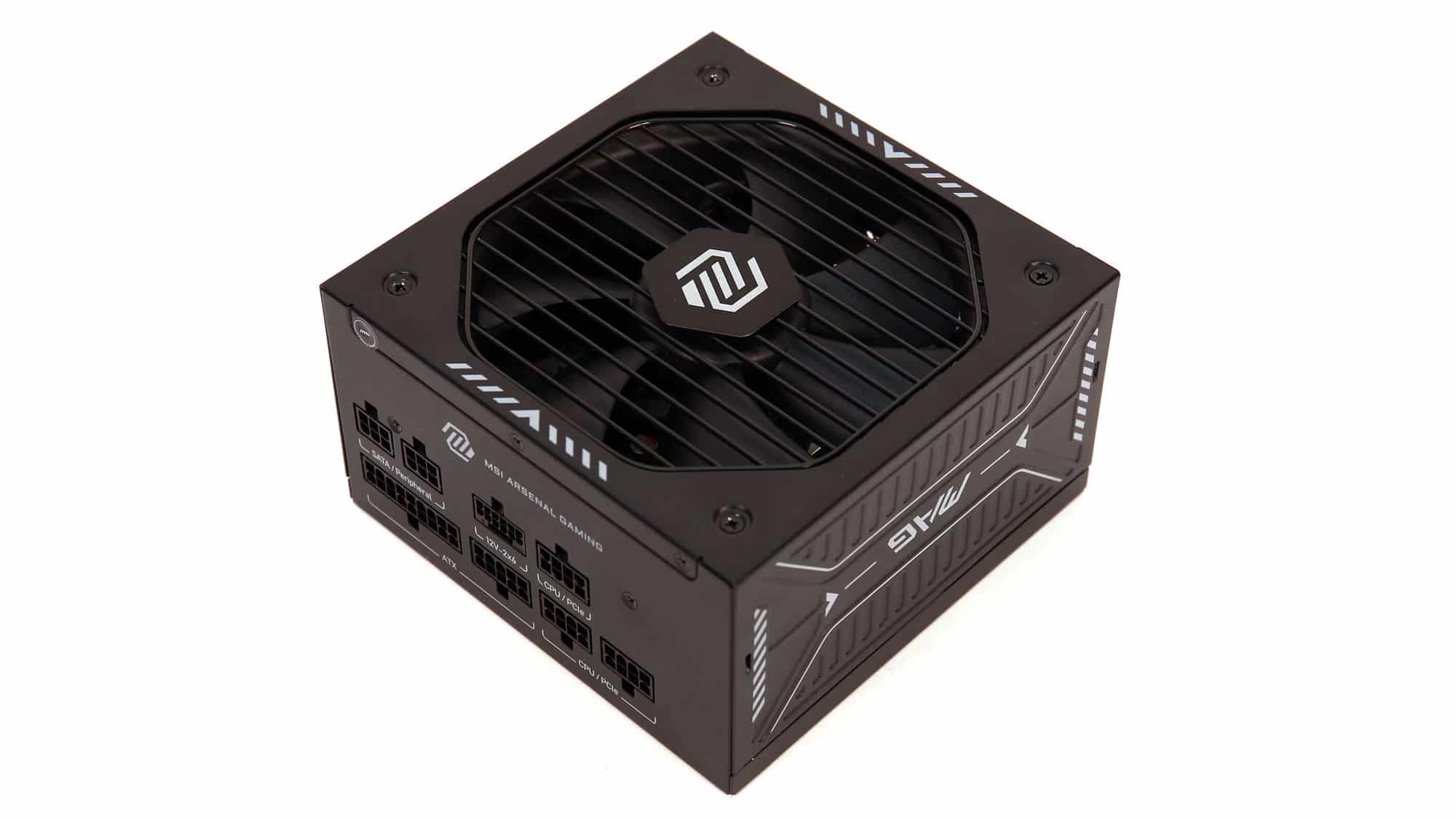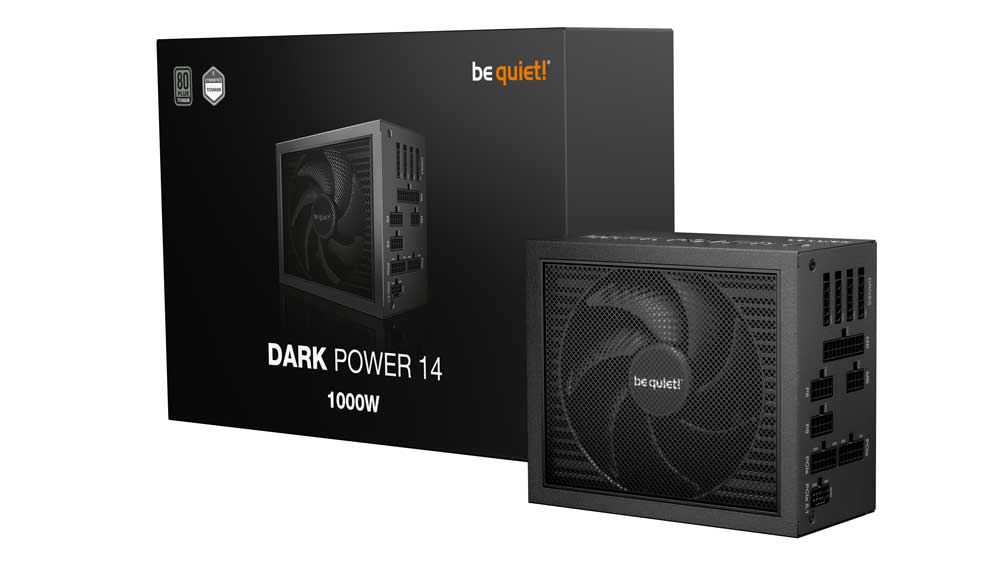Epilogue
MSI’s new A-GLS line successfully addresses the central issue of the A-GL line, which was the increased noise output resulting from aggressive fan speed profiles. At the same time, MSI attempted to lower production costs by avoiding the use of expensive parts, thereby offering the A-GLS units at affordable prices. Although I don’t have any price information yet, I am confident that MSI will adopt a highly aggressive pricing strategy to drive high sales of these new PSUs.
MSI selected two OEMs for this line, with CWT handling the two higher-capacity models, while Huntkey manufactures the 750W and 650W models. This is why the 1000W and 850W models have even more relaxed fan speed profiles than the 750W and 650W units. In any case, the A-GLS PSUs focus on lowering noise output while keeping decent performance levels, and all these, without breaking the bank.
- MSI MAG A1000GLS PCIE5 ATX v3.1 PSU Review
- MSI MAG A850GLS PCIE5 ATX v3.1 PSU Review
- MSI MAG A750GLS PCIE5 ATX v3.1 PSU Review
The A650GLS achieves a highly competitive overall performance, ranking third in my charts, behind the new be quiet! Pure Power 13M and the XPG Core Reactor II with similar capacities. If MSI pushes this model to the market at a competitive price, it will gain popularity quickly, offering an excellent alternative to the Corsair RM650e. The 12V rail’s transient response is not competitive, but it is still decent at high loads. Load regulation is within 1% on all primary rails, ripple suppression is good, the hold-up time exceeds 17ms, the inrush currents are low, and the platform is efficient. The significant issues are the increased conducted EMI emissions and the protection feature settings on the minor rails. Additionally, I don’t want to see two EPS connectors on the same cable, as these connectors can draw a significant amount of power, which can lead to problems if a single cable is used for both.
If the price difference between the A750GLS and the A650GLS is slight, I would prefer the first mainly because of the better fan that it comes with. MSI used a lower-quality Yate Loon fan in the low-capacity model, which, due to its use of double ball bearings, is noisier than an FDB fan at low speeds.
MSI strives to compete with Corsair in the PSU market, and thanks to an aggressive pricing strategy, it has quickly drawn a lot of attention. The key to remaining at the top of the sales charts is to maintain high quality and avoid cutting any corners, especially when it comes to protection features.
Before investing in a new power supply, read my Best ATX v3.x PSUs article to check all alternative PSU offerings. You help me a lot by using my affiliate links, which don’t increase the price of the product. I receive a commission from Amazon every time you do it, which can make a significant difference for me, especially now that I am working independently, exclusively for my media, rather than for someone else.
- Delivered full power at 46°C
- Properly set 12V OCP and OPP
- ATX v3.1 and PCIe CEM 5.1 compliant
- Good soldering quality
- Quiet operation at light and moderate loads
- Efficient platform
- High PF readings at 230V
- Within 1% load regulation on the primary rails
- Good enough ripple suppression
- Over 18ms hold-up time
- Low inrush currents
- Low leakage current
- Alternative Low Power Mode (ALPM) compatible
- 12+4-pin PCIe connector set at 300W
- OCP on the minor rails need adjustments
- High conducted EMI emissions
- Two EPS connectors on the same cable
- Mediocre transient response at 3.3V (normal loads)
- Not efficient 5VSB rail
- Below 16ms power ok signal’s hold-up time
- Yate Loon DBB fan instead of the Hong Hua FDB fan used in the 750W model
- Increased vampire power at 230V (>0.1W)




We made the purchase based on your review. Installed into wife’s case, very quiet. MSI must have changed the fan (https://storage-asset.msi.com/datasheet/power-supply/us/MAG-A650GLS-PCIE5.pdf) to a 135mm FDB & also changed the profile. At 150W and it still did not switch on. Is it possible they are using thermal for fan speed?
they always use thermal info to control fan speed yes.
April 11, 2024.. on the XPG Core Reactor II VE 650W PSU Review.. you stated “The 600W setting of the 12+4 pin connector is overkill! It should normally be set at 300W.”
Because it used the 600W spec of 16AWG, you dinged it. Now because the MSI took your advice & used the 300W spec of 18AWG, you ding them.!!
I don’t ding the 16AWG gauge but the fact that they use 600W on a 650W PSU. For MSI’s case I had to talk directly with Intel to confirm that they are ok with 18AWG when the PSU has its port set at 300W.
So to wrap up, having a 600W set port on a 650W PSU is NOT good! This is what I said.
thank you for the clarification. i misunderstood the word connector as indicting cable, whereas you used connector in the context of the psu port.
i enjoy reading your reviews & opinions. great work.
glad to hear that standards are subject to interpretation. i did read your article on 12V-2×6 Cables? Are ALL The Same?. where it is summarized by Intel … According to Intel, using 18AWG gauges on a 12V-2×6 cable is incorrect, even if this is used by 750W/850W PSUs, where the maximum power setting is 300W. would it be possible to update that article to state your new conversation with Intel that it is ok with 18AWG on a port set at 300W?